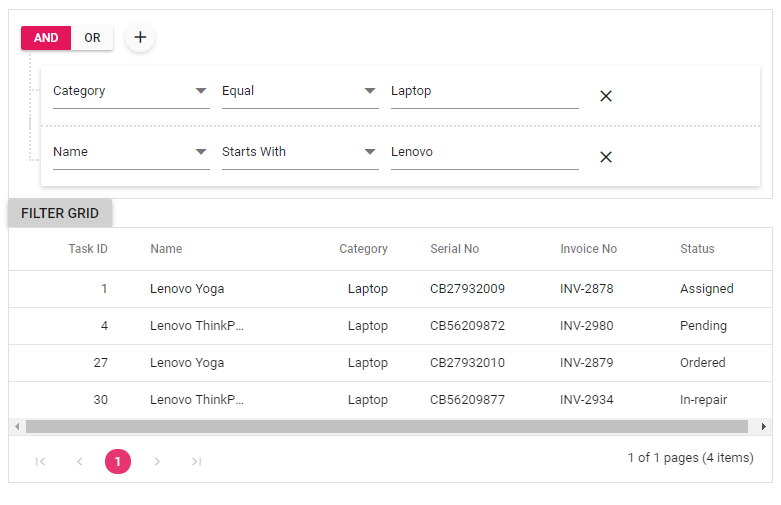
#ARANGODB QUERY USES FILTER OF RESULT FROM ANOTHER QUERY SOFTWARE#
Interpreting the basic idea leads us to realize the benefits of using a variety of appropriate data models for different parts of the persistence layer, the layer being part of the larger software architecture. For example, it allows creating nested documents within a graph database or benefiting from the key-value pairs’ high performance in a graph-connected environment. The multi-model paradigm allows users to combine each data model advantage within one context.

It came up with the test stable version ArangoDB 3. And, owing to its multi-model style, one can make lean applications, which will be scalable horizontally with any or all of the three data models.ĪrangoDB has been referred to as a universal database but its creators refer to it as a “ native multi-model database“, actually it is.ĪrangoDB first release in year 2011 as AvocadoDB and then renamed to ArangoDB in 2012, developed by ArangoDB GmbH. Moreover, different models can be combined in a single query. Using a multi-model database can simplify your architecture by combining several NoSQL types in a single infrastructure. As applications become increasingly complex, you often need more than one NoSQL database. It supports graph, document, and key-value data models allowing users to freely combine all data models in a single query.

It is designed as a “general purpose database,” offering all the features typically needed for modern web apps. ArangoDB is an open-source multi-model NoSQL database with a flexible data model for documents and graphs.


 0 kommentar(er)
0 kommentar(er)
